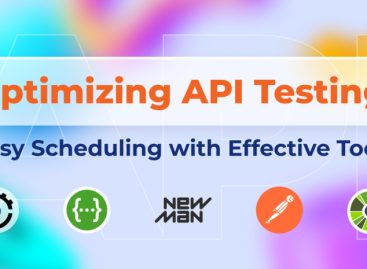- QATestLab Blog >
- QA Basics >
- How to Execute Boundary Value Testing?
How to Execute Boundary Value Testing?

In QA field, everything is well thought-out and wisely planed. Every technique promotes the realization of another one and somehow simplifies the work of specialists from software testing company.
It is important to keep the recommendations for performing this or that checking process. A specialist should be aware of every step of execution procedure. It reduces the possibility to make or miss mismatches and errors.
Every tester knows well how to perform unit testing, system testing, integration testing and acceptance testing. But not all of the specialists are aware of the peculiarities of executing boundary value testing which is closely connected with these software checking types.
What Are the Steps of Boundary Value Testing?
- The equivalence classes should be defined.
- The boundaries of every equivalence class should be defined.
- The test cases for every boundary value should be created. Moreover, they should be designed for one point above and one point below the boundary. They may belong to another equivalence class. So there is no need to duplicate the test cases with the same input combinations.
As well as automated testing, boundary value testing has a lot of advantages. It reduces the number of test cases needed to check the inputs and outputs. Besides that, with the help of this testing type a lot of bugs can be detected.







No Comments Yet!
You can be the one to start a conversation.